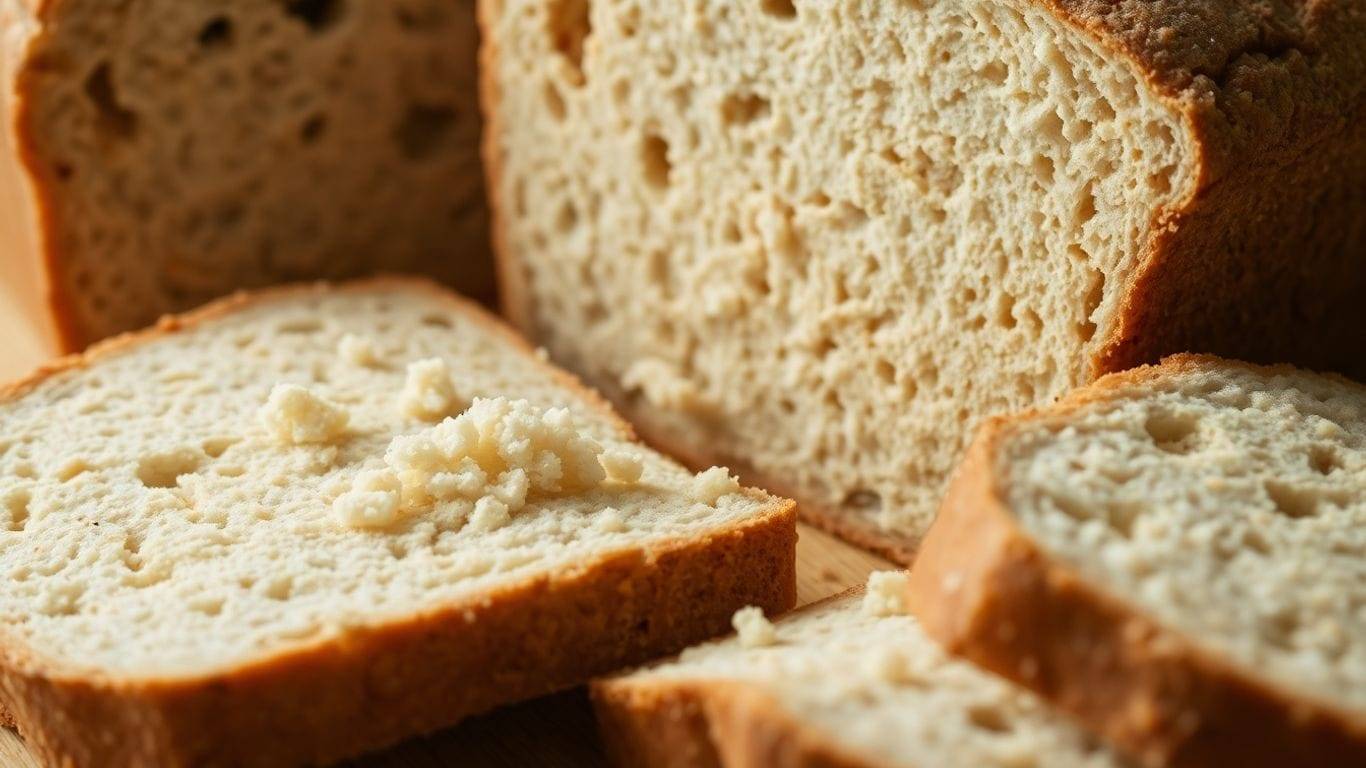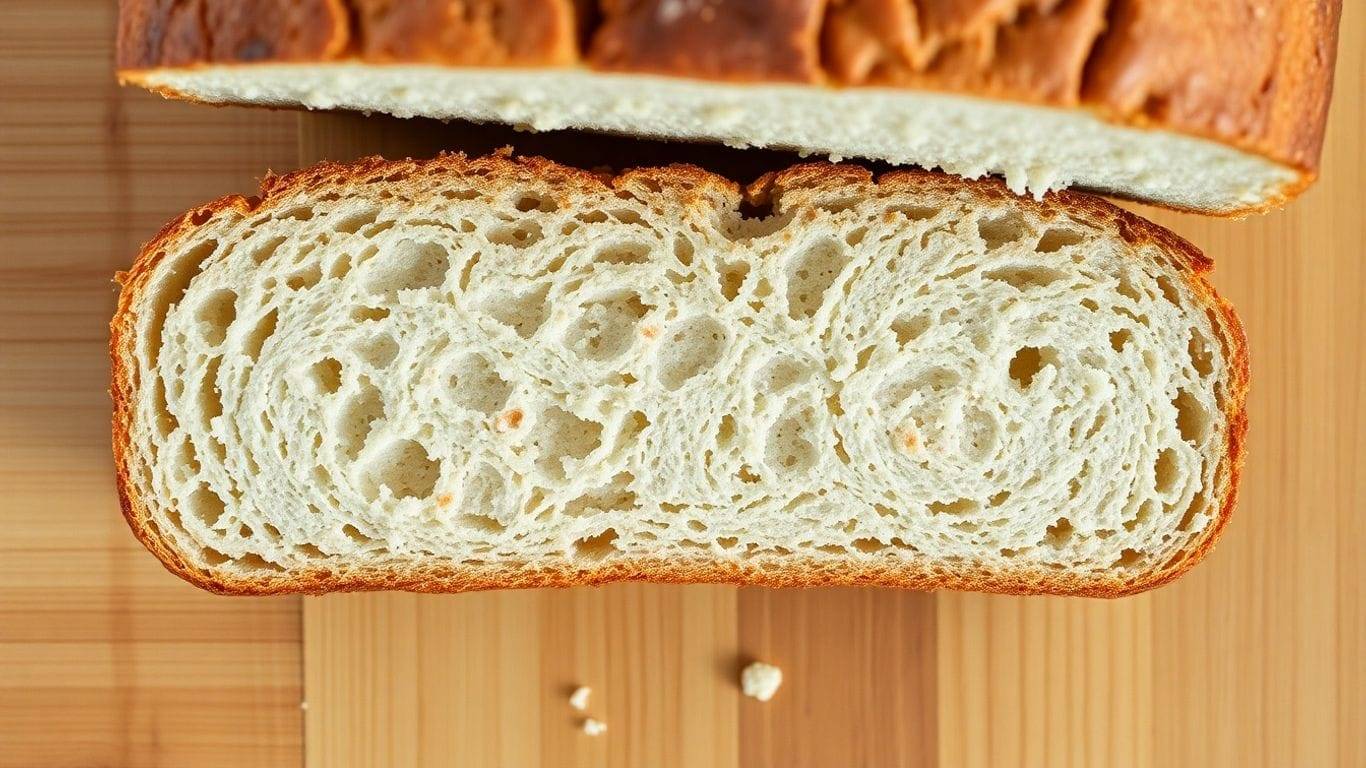|
Good morning. Did you know that you don't have to sacrifice nutrition when it comes to baking? Cottage cheese is a popular protein-boosting substitute that can be used in a variety of recipes! Whether you're looking for ways to add in more protein for gains or just making more health-conscious decisions, we've got you covered.
In today's newsletter:
- Keeping Your Gluten-Free Bread Rolls Soft: Understanding why they turn hard quickly and what we can do to prevent this
- Science Corner: Learning the Japanese technique that cooks your flour before and yields soft, fluffy results
- Weekly Crossword
Still wasting hours searching for gluten-free recipes that actually work?
Our Recipe Fast Pass gives you instant access to ALL of our gluten-free recipes — tested, perfected, and guaranteed to turn out right the first time.
✅ No more random Pinterest flops
✅ No weird ingredients you’ll never use again
✅ Every recipe tested and rated by real gluten-free bakers
These are the same recipes 300+ bakers rely on to bake confidently without endless trial and error.
Get the Recipe Fast Pass for $67, and skip straight to the recipes that never fail.
|
|
|
Baking Spotlight
Bake your first soft, bendable gluten-free bread in just one weekend. Bake with us as we walk you through each step with video walk-throughs, a troubleshooting guide, and a written recipe to follow. You can pause, replay, and go at your own pace in this hands-on virtual masterclass. Join us for a one-time fee of $45 to have access to this masterclass and use it whenever you want.
|
A MESSAGE FROM BAKINGSUBS
Sharing Our Favorite Newsletters With You!
Today we're excited to share some of our favorite newsletters that we like to follow. If you're interested in fun recipes, baking tips, and more, please give these creators a follow!
|
|
This Old Baker
I'm a blogger, home baker, and entrepreneur who loves to talk about recipes, home, hacks and how to stretch that paycheck. Subscribe to my newsletter. |
|
Boston Girl Bakes
Heather Farmer
Baking from scratch doesn’t have to be difficult! Get easy dessert recipes with step by step instructions and baking tips in your inbox weekly! |
|
Hi! I'm Marie
I'm the founder of Sugar Salt Magic
Here at Sugar Salt Magic I want everyone to get into the kitchen and get creative. With a huge collection of delectably easy desserts and comforting yet simple dinners, there is something for everyone. Join the SSM newsletter to stay updated with all the latest! |
Why Your Gluten-Free Dinner Rolls Won't Stay Soft (And How We Can Fix That)
We need to talk about something that frustrates every gluten-free baker: those beautiful dinner rolls that come out of the oven soft and pillowy, only to turn into hockey pucks by tomorrow's dinner. If you've been there, you know the disappointment. You follow the recipe perfectly, they taste amazing fresh from the oven, and then... rock hard within 24 hours. Here's the thing: this isn't your fault, and it's not because gluten-free baking is somehow inferior. We're just working with completely different chemistry, and once we understand what's actually happening inside those rolls, we can keep them soft for days instead of hours.
Understanding What's Happening
When we bake with wheat flour, gluten proteins create this incredible web that holds onto moisture like a sponge. Without gluten, our rolls are basically 70-80% starch instead of wheat bread's 60%. During baking, these starch molecules absorb water and create that initial softness we love. But as the rolls cool, those same starch molecules start reorganizing themselves into tight crystalline structures, literally squeezing out the water they just absorbed. This happens two to three times faster in gluten-free bread than in wheat bread. While wheat rolls might stay soft for five days, ours are done for in two. And storing them in the fridge? That actually makes them go stale faster because cold temperatures create perfect conditions for those starch crystals to form.
Key Ingredients and Learning How Their Roles
The first game-changer is psyllium husk powder, the finely ground kind that can absorb ten times its weight in water. Psyllium creates actual stretch and elasticity, almost mimicking what gluten would do, and consistently produces rolls that stay soft the longest. Your dough needs to be really wet to work with psyllium, it should look almost like thick cake batter, not traditional bread dough. That wet, sticky consistency that makes us want to add more flour? That's exactly right. Resist the urge. Adding a couple tablespoons of pea protein powder makes a remarkable difference, too. For egg-free baking, aquafaba (yes, chickpea liquid) works magic; a quarter cup replaces one egg perfectly, and any bean smell disappears during baking.
A Game-Changing, Japanese Technique
Here's where we share something that takes five minutes and will revolutionize your rolls: tangzhong. This Japanese technique involves cooking one tablespoon of flour with five tablespoons of liquid into a paste before adding it to your dough. Just whisk them together in a small pot over medium heat until it thickens like pudding, about 2-4 minutes. Let it cool while you gather other ingredients, then add it to your dough as usual. This simple step pre-gelatinizes some starch, allowing it to hold dramatically more moisture. Rolls made with tangzhong stay soft for four to five days at room temperature instead of the usual one to two. Combined with proper storage, room temperature in an airtight container for two days maximum, then freezing individually wrapped rolls immediately guarantees you'll have soft rolls whenever you need them.
Wrapping It Up
The truth is, we're not trying to replicate wheat bread. We're working with ingredients that behave differently and need different techniques. These aren't workarounds for inferior ingredients; they're the right methods for the ingredients we're using. Once we stop fighting the science and start working with it, consistently soft gluten-free rolls become not just possible, but routine. Whether you're managing gluten-free, egg-free, dairy-free, or multiple restrictions, these techniques work, and the science backs up what our kitchens have proven: soft, delicious gluten-free dinner rolls that stay fresh for days are absolutely achievable.
|
Articles From This Week

Why Does My Gluten-Free Bread Fall Apart? (10 Fixes That Actually Work)
Discover 5 common reasons and effective fixes for crumbly loaves, from binder issues to cooling techniques.
Continue reading →
|
|

How to Fix Dense Gluten Free Bread (Complete Troubleshooting Guide)
Struggling with dense gluten-free bread? Learn how to fix gluten-free dough with our complete troubleshooting guide. Get tips on hydration, flour blends, and more!
Continue reading →
|
Check Out This Week's Crossword
|
When you're ready, here's how we can help:
See You in the Next One!
Have a substitution you want us to cover? Have you seen any amazing recipes that use substitutions recently? Send them all our way, and we might include them in an upcoming newsletter!
✌️
|
| How did you like today's newsletter? |
|
|
|
|
|
|
|